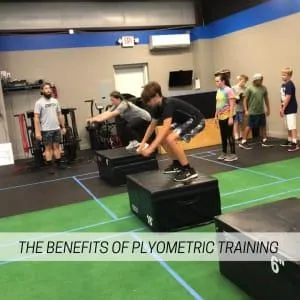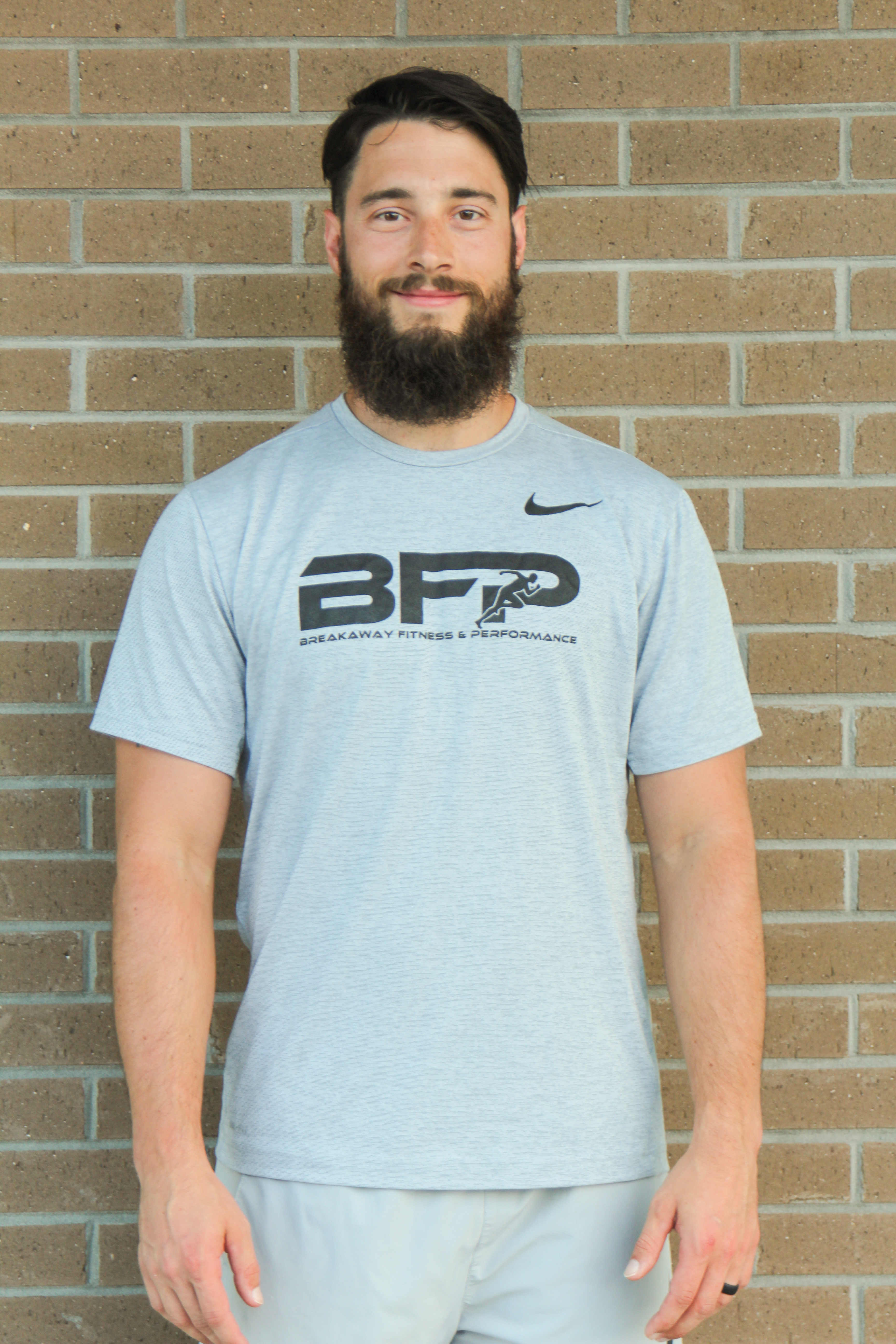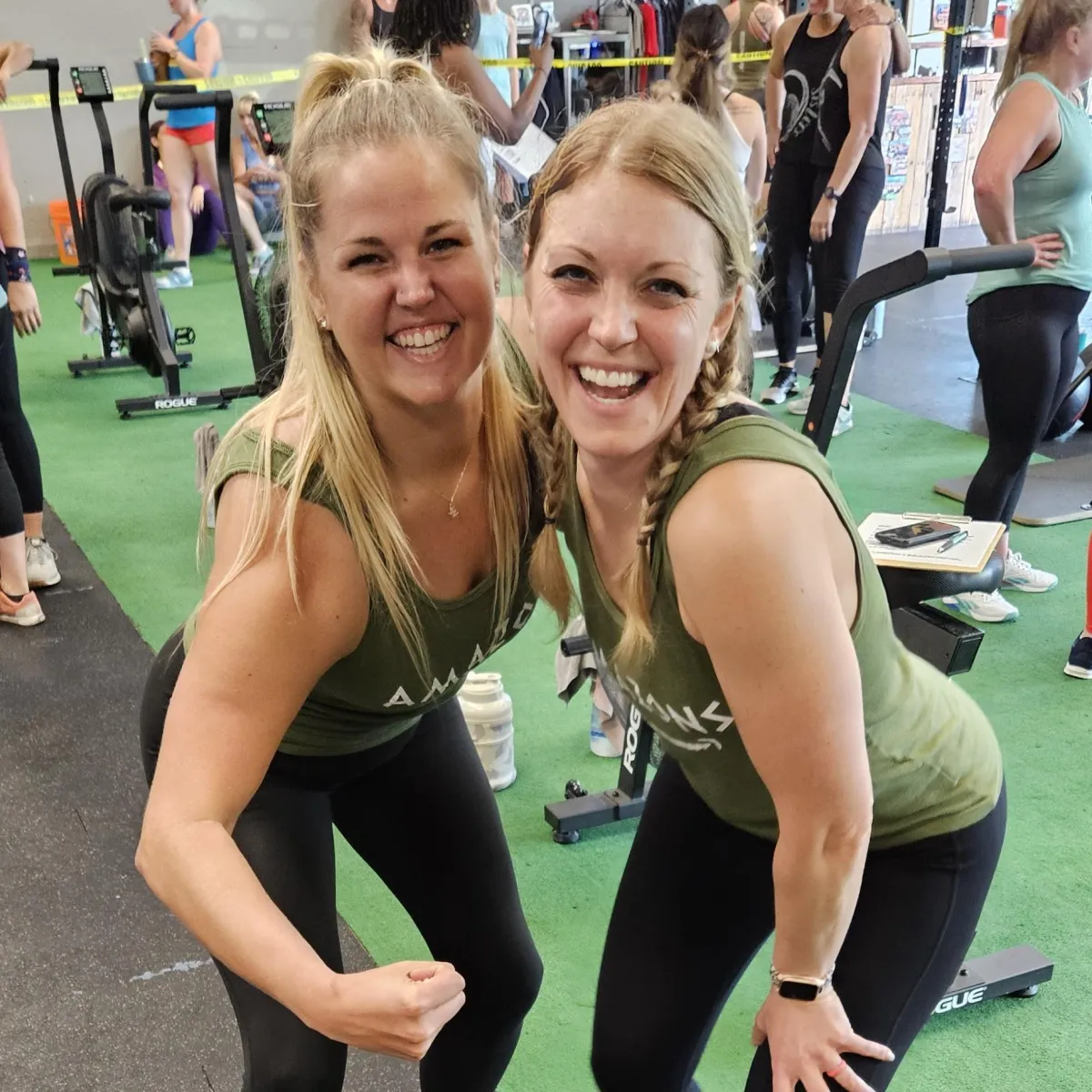WEIGHT LOSS & FITNESS BLOG

The Benefits of Plyometric Training
In this blog, I am going to discuss plyometric training and how every athlete should incorporate it into their training. I want to enlighten you on how I approach coaching plyometrics and the system we use at BFP. Very quickly, when I am using the term plyometric training, in simple terms, it is jump training, so you may see me use both.
Plyometric training is built on the foundation of strength, power, and speed. In regards to becoming an explosive athlete, plyometric training is definitely a slice of the “athlete pie.” What I tell my athletes is that the overall goal of plyometric training is to reduce the time spent on the ground. This is something they can visualize and use in their training.
I believe that athletes who are exposed to a healthy dose of plyometric training will not only benefit from being more explosive but they will also be able to prevent injuries, specifically ACL injuries. Think of how many athletes you’ve seen or heard, tear an ACL from jumping and/or landing. It’s a very common sports injury, but it can be prevented with proper plyometric training (and of course, strength training).
Now, before you go off and attempt all the “crazy” jump exercises you see on Instagram, you must learn how to jump and land. Yes, this is the easy part, right? Honestly, this is where I do most of the coaching. It doesn’t matter what your age is, I could be coaching this to a 30-year-old or a 14-year-old, my point is that it must start from those two basic skills, jumping and landing.
Here is how to properly perform a box jump and single leg box jump:
Here is a quote from a respected leader in the fitness world, Mike Boyle. This quote keeps me in check when coaching, “There is no shortcut to improvement, only shortcuts to injury.” In regards to plyometric training, this quote should help remind us that there is a progressive approach to plyometrics and that more is NOT better. It eeks me when kids tell me that their coaches made them do some ridiculous amount of jumping in practice/workout. There is a healthy dose that our youth athletes can handle and anything beyond that can be leading to an athlete who is in a constant state of fatigue.
I like to separate jump training into different levels. I have 4 levels and each level has a variety of jumps, hops, and bounds. As you can imagine, each level progresses in movement and difficulty. Level 1 looks simple on paper, but in the beginning stages, I spend a good amount of time coaching athletes on level 1 exercises. The two big takeaways with level 1 exercises are learning how to jump but most importantly developing the eccentric strength in the landing phase. This is where the gains happen!
In level 1, I am looking for the athlete to express the ability to be explosive off both legs and one leg, in different planes of motion. Then most importantly, I want to see the athlete stick the landing and show me control. I understand it’s not “sexy”, but as I mentioned, there is a heavy focus on learning how to jump and developing eccentric strength in the legs.
I wanted to share with you a few exercises I would have an athlete perform from level 1.
I provided links to the exercise, so go check em out!
Coach Silas



Are you Ready to become
sTRONG - FIT - cONFIDENT?
Click the Button To Start Your Journey Today!!

